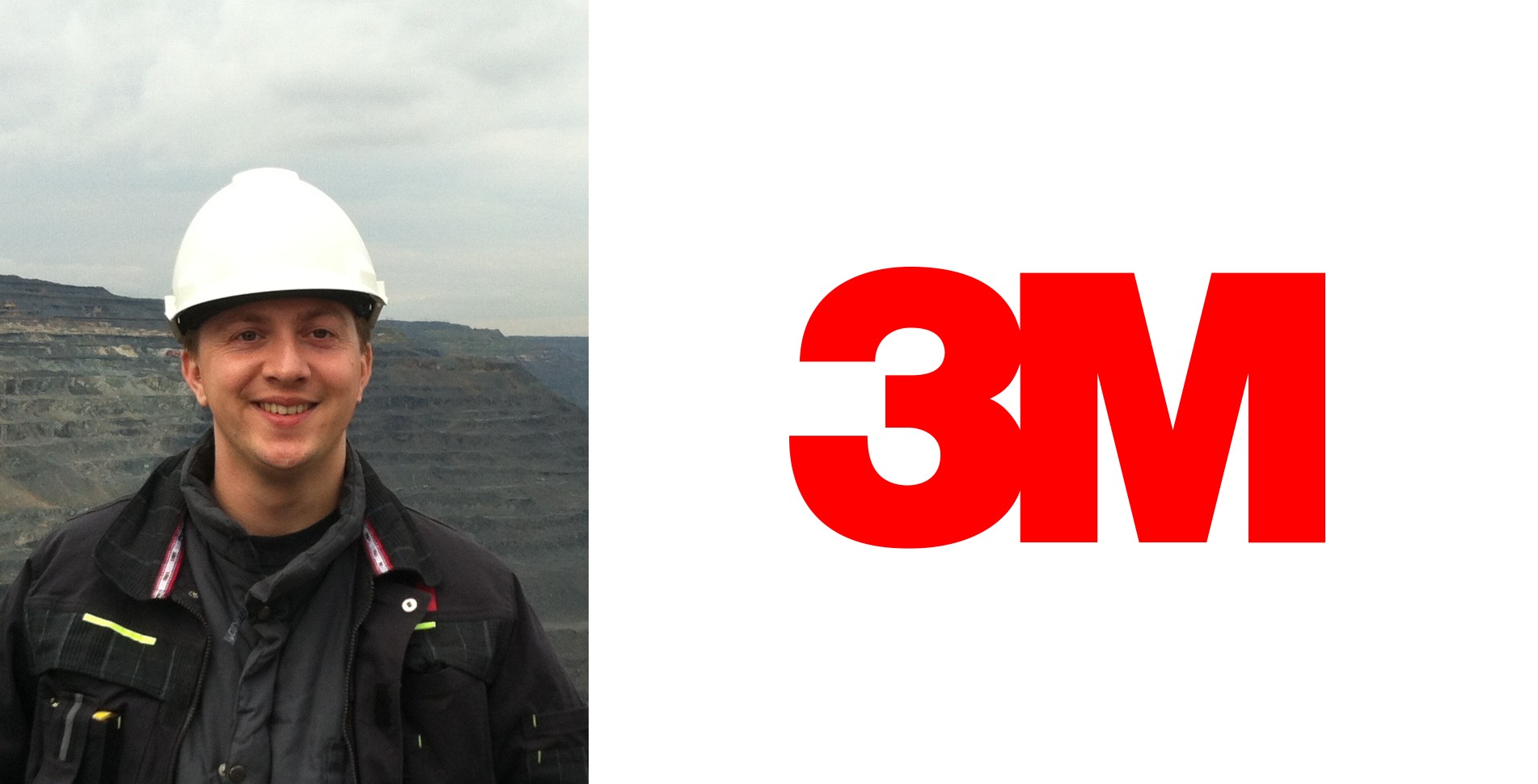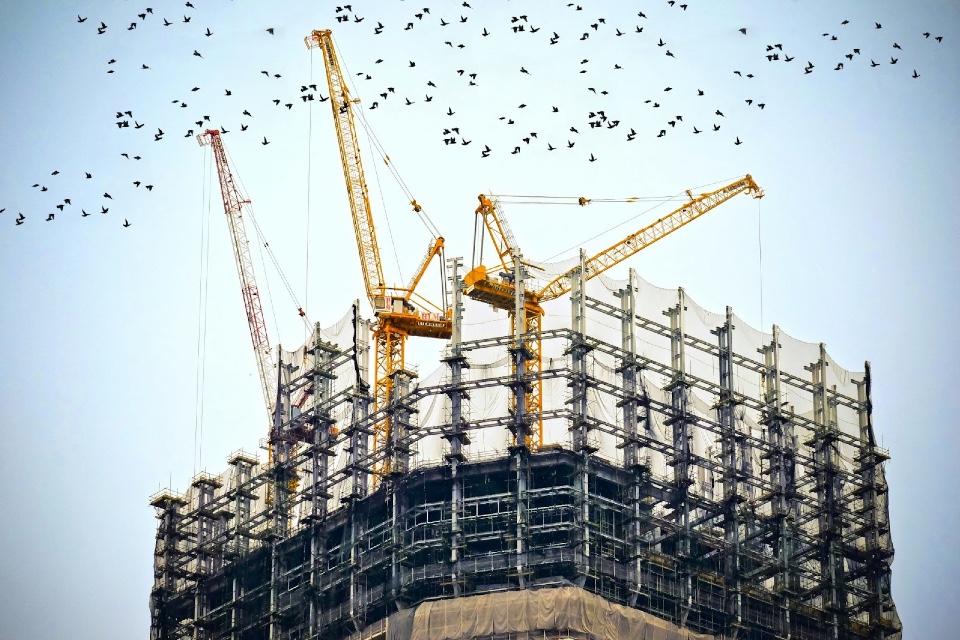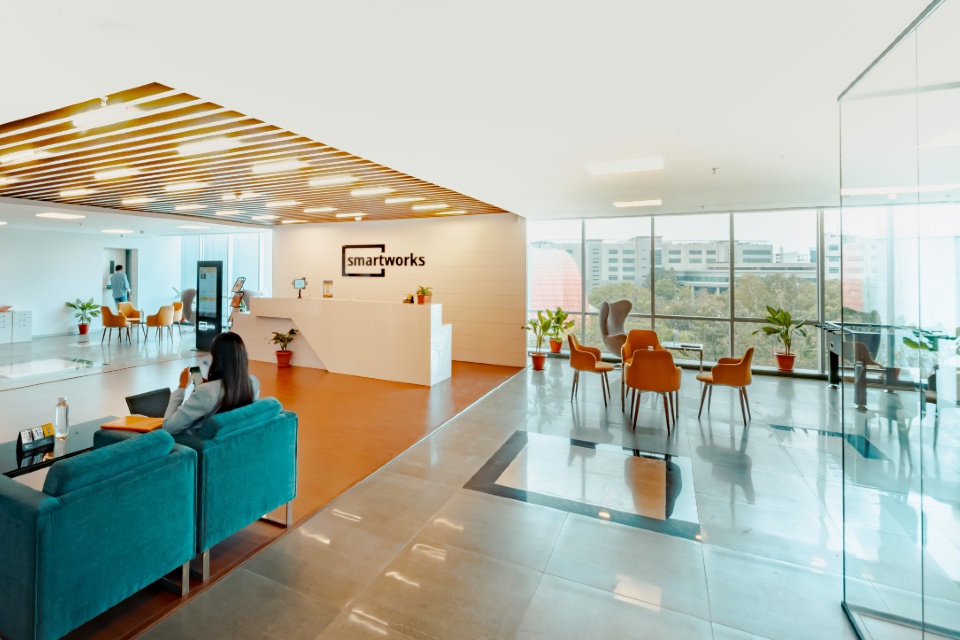When it comes to facilities management, it is not just the health and safety of your employees that you have to worry about, you also need to protect contractors and visitors.
Due to the varied tasks taking place within the facilities management industry, one of the biggest dangers can be exposure to loud noises. Simon Field, a technical specialist at science-based technology company 3M, discusses how a four-step approach can help to keep everyone at your facility safe.
While the effects may not be immediately obvious, exposure to loud noises can have really harmful – and irreversible – consequences.
Anything from construction work to even lawn mowing could create damaging sound levels and if the correct steps are not taken, it is not only people’s health which is at risk – companies can also face legal action.
One of the most common health issues caused by high levels of sound is noise-induced hearing loss (NIHL) – which is a completely preventable but incurable condition.
In the past year around 15,000 people have suffered from NIHL caused, or made worse, by work. It is the most commonly reported occupational medical condition in the EU and between 2011 and 2014, NIHL insurance claims increased by 189 per cent.
As well as NIHL, loud noises can also result in tinnitus, which could lead to associated health problems such as insomnia. Safety can also be compromised, as people may not be able to hear warning messages or alarms if noise levels are too loud.
At 3M, we have devised a four-step approach to help companies keep everyone protected from loud noise.
Detection
The first step in protecting your employees, contractors and visitors is to assess the noise levels to see if there is a problem. Start by asking yourself some straightforward questions such as, do employees need to raise their voices when speaking to each other or is the noise intrusive? If the answer is yes, then the noise levels are likely to be too high. Noise measurements should be conducted in any areas highlighted during your initial assessment. Noise surveys can be carried out in-house or by hiring a consultant.
It’s important to use the results of noise surveys effectively; deciding on noise control methods, re-evaluating risk assessments
and selecting appropriate personal protective equipment (PPE).
Protection
As part of The Control of Noise at Work Regulations 2005, employers are required to eliminate or reduce risks to health and safety from noise at work.
Depending on the level of risk, you should:
- take action to reduce the noise exposure
- provide your employees with suitable personal hearing protection
When deciding on hearing protection equipment (HPE), it is crucial to select a product that employees are motivated to wear. If the HPE does not fit correctly or is uncomfortable, the user is less likely to use it properly, which can significantly reduce the level of protection.
The two options available are ear plugs and ear muffs. These products come in different styles to suit a range of tasks, including disposable and reusable.
When deciding on protection, you should ensure that it is effective enough to eliminate risks, but does not leave the worker isolated. You also need to consider the working environment and check that it does not interfere with other PPE.
Training
It’s important to ensure that your workers understand why they need to take care of their hearing and how they can do this. Employers need to provide suitable information, instruction and training covering the noise hazards present, the control measures to be used and the correct use of these, including hearing protection. This could include fitting technique, any maintenance requirements and where equipment should be stored.
Validation
Once you have offered hearing protection to your workers, you then need to be confident that it is protecting them. As everybody is different, it is not a case of one size fits all when it comes to hearing protection, so you need to be sure the equipment is being used correctly.
To help prevent incorrect use, 3M has recently launched its revolutionary E-A-Rfit Dual Ear Validation System. This system takes noise measurements from both inside and outside of the hearing protection, in order to calculate a personal attenuation rating for each employee. The test takes only eight seconds to complete and can be used as part of a robust training programme, showing workers how correctly inserting the right ear plug increases their level of protection.
Following this four-step approach will help employers to feel confident that they are best protecting their workforce from exposure to loud noises.
More information about E-A-Rfit Dual Ear Validation System is available here.
If you would like more information on hearing conservation or have questions on other types of PPE, please feel free to give 3M’s H&S helpline a call on 0870 608 0060.
*3M and E-A-Rfit are trademarks of 3M Company.
Simon Field has spent the last five years at 3M supporting the personal safety division with technical responsibility in areas of hearing conservation, eye protection, powered respiratory systems and welding protection. He has a wealth of knowledge and expertise in this area, along with an IOSH qualification in ‘Noise at Work Risk Assessment and Management’.







